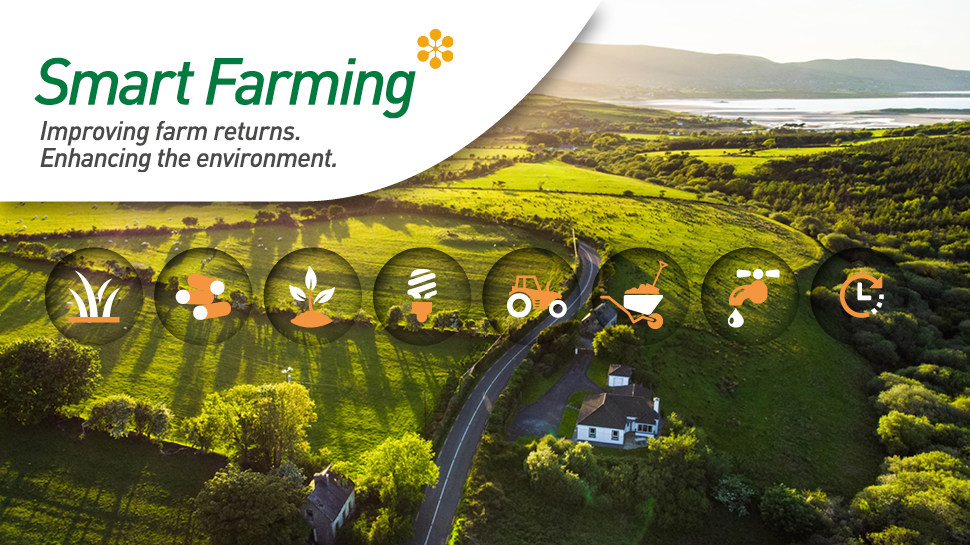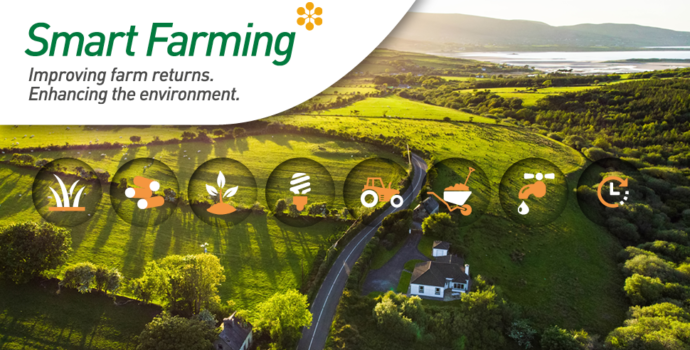Smart Farming: Liming

Soil samples analysed by Teagasc in 2022 show that 57% of livestock soils, 47% of dairy soils and 39% of tillage soils had a sub optimal pH. Correcting soil pH by applying lime is the first step in improving soil fertility as it increases the availability and efficiency of fertiliser and organic manures.
Optimum Soil pH
As lime requirements can vary depending on crop and soil type it is important to apply lime according to soil test results.

Tips for Liming
- Lime can be spread all year round but is most effective when applied in late autumn or early spring to encourage grass growth.
- Apply lime to areas of low grass cover. Once lime has been washed into the soil by rain it can be grazed.
- For sheep grazing it is advised to wait 30 days after liming to allow for the lower grazing of sheep.
- Lime should be applied on silage fields 3 months before silage is cut.
- After applying lime, wait 3 months before applying slurry/urea.
- To minimise N losses, apply slurry/urea first and then apply lime after 10 days.
For more information on soil testing and liming download the Smart Farming soil fertility guidance note. Smart Farming is a voluntary resource efficiency programme, run by the Irish Farmers’ Association in partnership with the Environmental Protection Agency. For more information on the Smart Farming programme visit www.smartfarming.ie.

